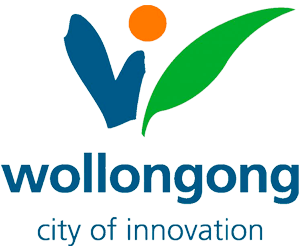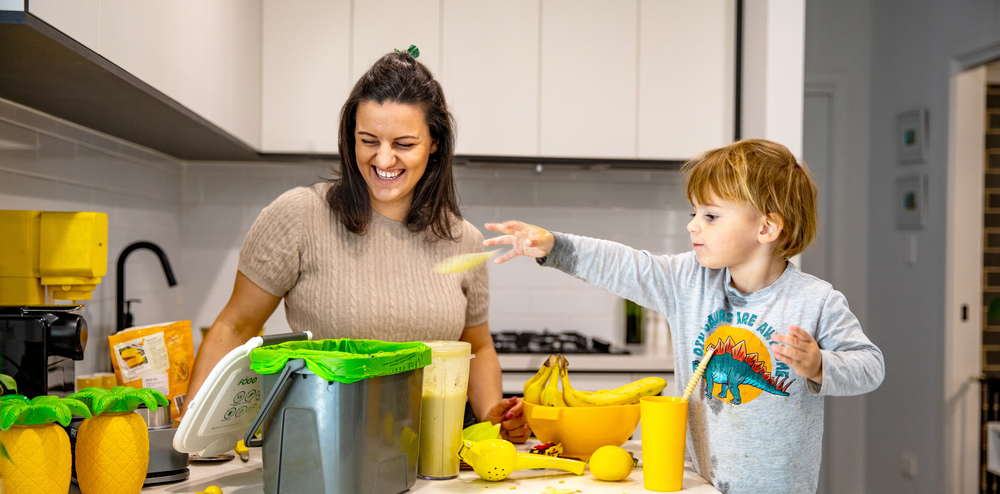In for the win on the food waste fight
In the five years since Wollongong City Council introduced FOGO into household collections, we’ve kept more than 150,000 tonnes of food and garden waste out of our landfill site.
We’ve also extended the life of the Wollongong Waste and Resource Recovery Park (or Whytes Gully) by an impressive 2.5 years – not a bad effort considering all FOGO asks residents to do is put food and organic waste into an alternative household bin.
“It’s such a simple thing to embrace FOGO and this step is having a real, tangible impact on the landfill site at Kembla Grange,’’ Lord Mayor of Wollongong Councillor Tania Brown said.
“To say we’ve extended the life of a landfill site by 2.5 years by embracing FOGO might not seem like much, but it’s a critical step.
“We’ve a finite amount of land at Kembla Grange that can be used for landfill. Right now, we’re building a new multi-million-dollar cell at Whytes Gully, which due to be finish by the end of the year.
“However, this only has an eight-year lifespan at the current rate of waste disposal and we’re already making plans for the next steps after 2033. By doing more to reduce our waste now, we’re taking important steps for our city’s waste future.’’
When it comes to FOGO, Wollongong is an industry leader.
While the NSW Government has mandated all councils must have a food organics/garden organics service in place by 2030, we introduced FOGO in November 2020.
Since then, we’ve worked to expand the city’s FOGO collections and encouraged more and more people to keep organics out of red-lidded bins.
“We’ve got a real mix of die-hard passionate FOGOers in our community, those who hate it with a passion, and those who just tip their organic food and garden waste into the green-lidded bin because it’s simply the right thing to do,’’ Cr Brown said.
“We love those passionate individuals and the do-gooders because they’re helping our city in more ways than they realise.’’
FOGO doesn’t just have the benefit of extending the life of the city’s landfill site and having locally-made compost that’s used in the city’s parks and sportsfields. FOGO also reduces the environmental impact of Whytes Gully.
This is essential because food and organic matter create leachate and methane gas as they decompose. Both have major environmental impacts.
“Leachate is created as food decomposes and methane is a really unpleasant greenhouse gas and both can have major environmental impacts,’’ Wollongong City Council Acting Director Infrastructure and Works Paul Tracey said.
“The NSW EPA have strict guidelines that we follow on how these should be managed at waste sites. However, what’s even better than managing leachate and methane is to keeping FOGO out of our waste sites. That way we only need to manage the legacy of these materials.
“It’s essential we work to industry best practice and not just for the environment benefits. It also helps to reduce the levy Council pays the NSW EPA for the landfill site and, in turn, means Council can keep ratepayer’s domestic waste contributions through their rates as low as we possibly can.’’
It’s never too late to start FOGO-ing – or to boost your FOGO knowledge.
The Wollongong Waste website has plenty of advice about getting in the swing of FOGO, or you can call the Wollongong Waste hotline on 1300 362 360 to chat with an expert.
Want more Council news?
Visit our News page to find out what's happening in your community, or sign up for e-news.

